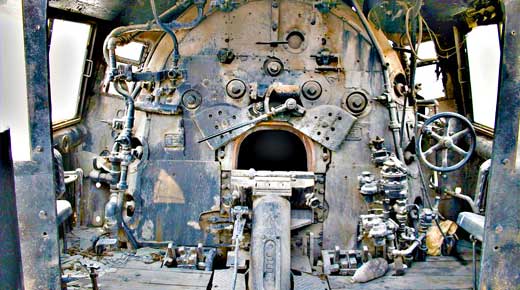Much of the RCA literature seems to have deus ex machina solutions
Credit: voyageAnatolia
There are many reasons for performing a root cause analysis (RCA). These reasons include determining the cause of a failure in a product or a process as well for determining the root cause of the current level of performance when a product or process has been selected for improvement.
|
ADVERTISEMENT |
There are many tools available to help with performing an RCA. These tools include some of the seven quality tools such as the Ishikawa diagram, run chart, and scatter plot. Another possible tool set is the seven management and planning tools, which include tree diagrams and matrix diagrams. Other tools that may be useful depending on the nature of the problem being investigated. Calipers can be useful for taking measurements, microscopes can be used to view the structure of welds, and chemical titration can be performed to determine the composition of a solution. Even a hammer might prove useful in gaining new information when performing an RCA.
…

Add new comment